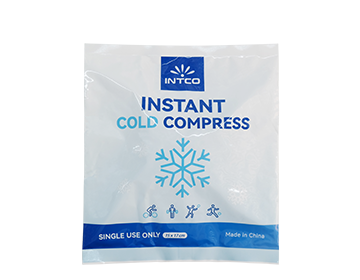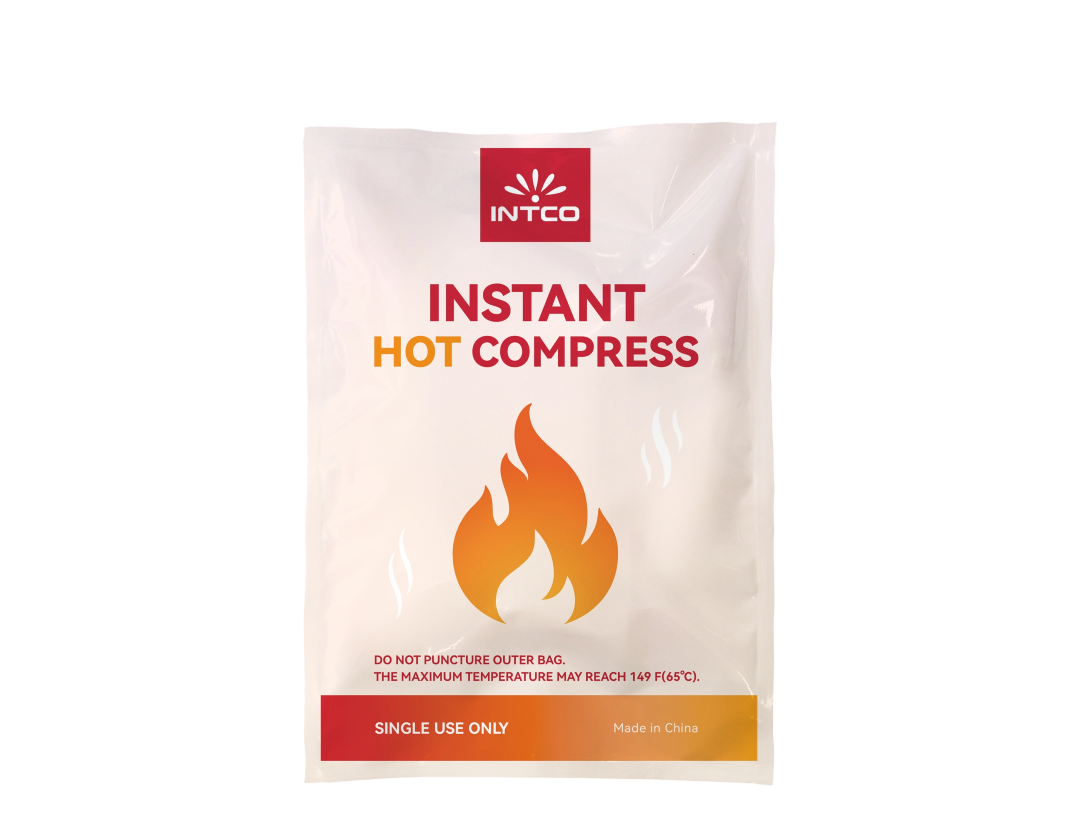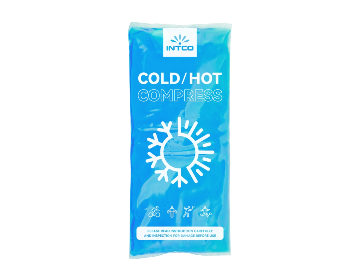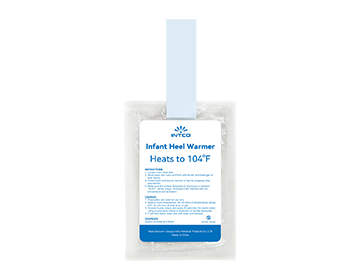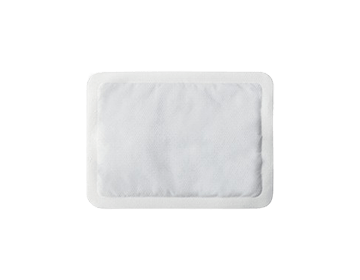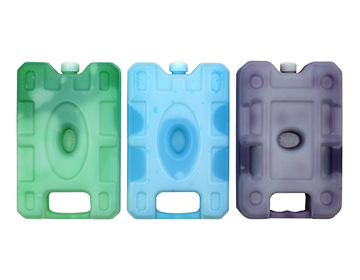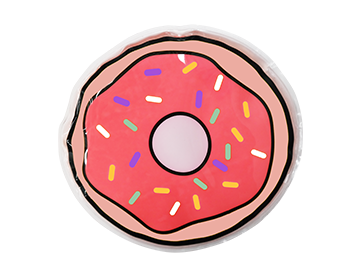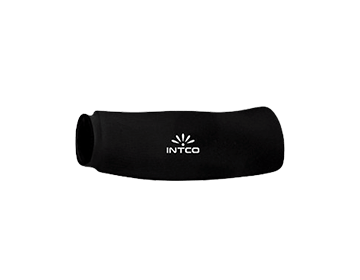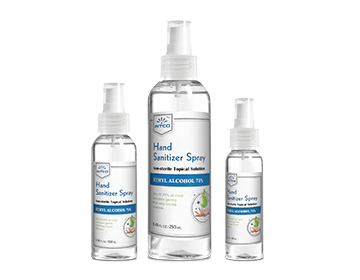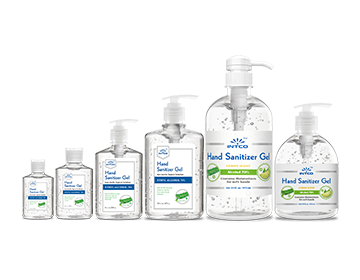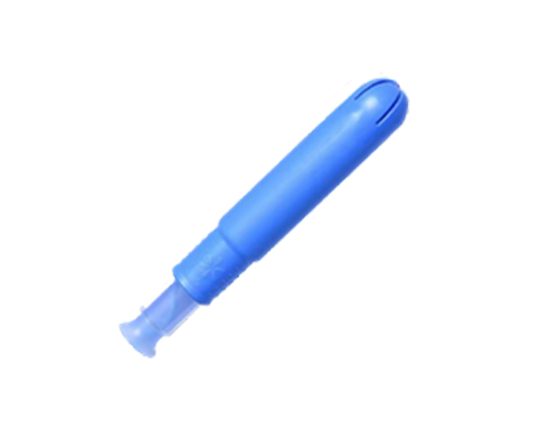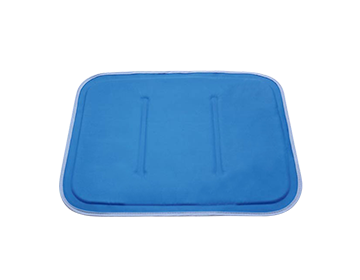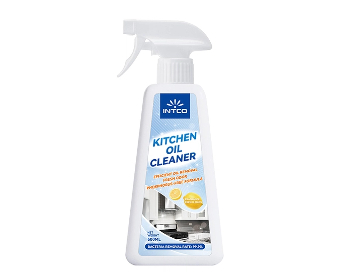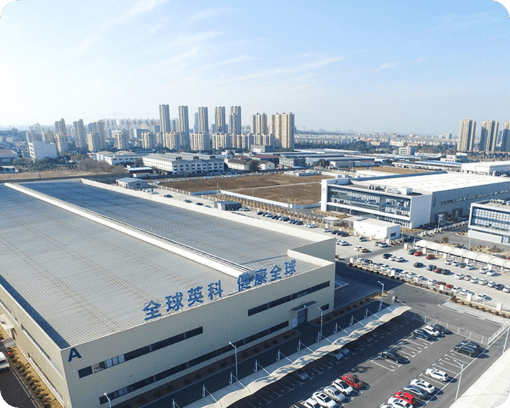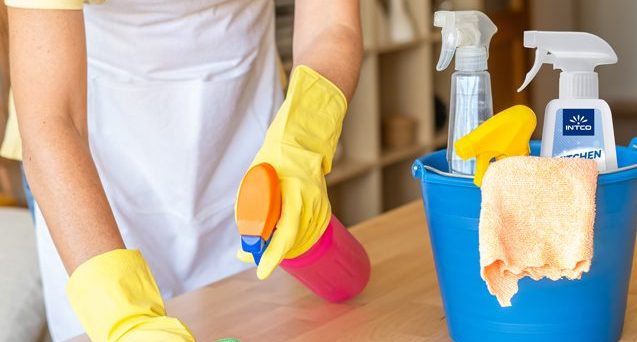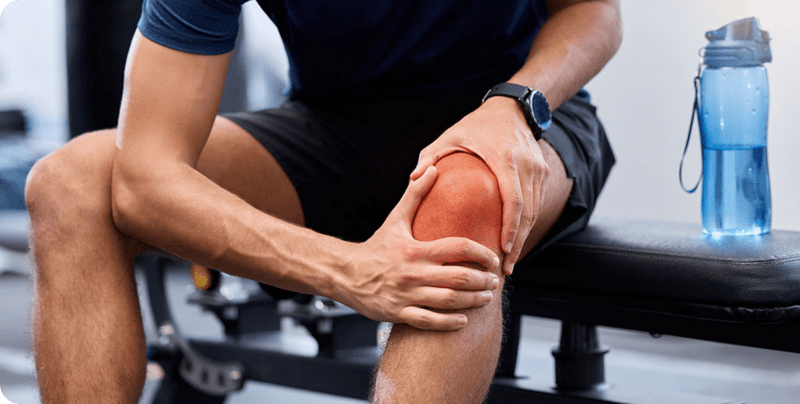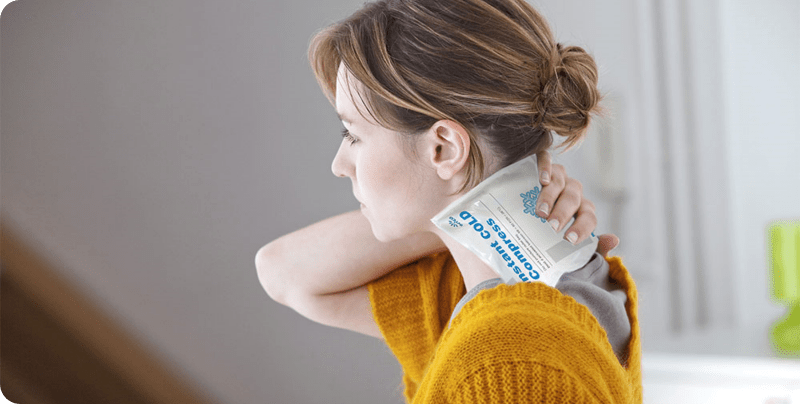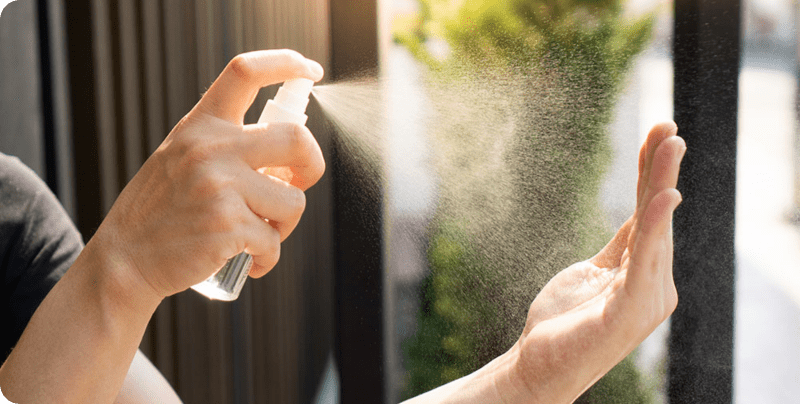Moist vs. Dry Heat: Which Hot Pack Is Best for Onset Muscle Soreness?
Do you get sore muscles after a tough workout or a very stressful day? You’re definitely not the only one. Delayed onset muscle soreness (DOMS) takes the prize for most of us, ranging from hard-core competitors to weekend warriors like ourselves who like to push our limits on weekends. The solution is learning the art of relieving that soreness so you can get back to your regular routine and feel normal again .
Heat packs have been a tried and trusted standby for years to soothe sore muscles. With all the products available, however, how do you know what to do? Do you use a moist heat pack or a dry heat pack? This site will take us into the field of heat treatment, wet heat versus dry heat, its special benefits, and help you to decide which of the hot treatment packs would do you or your clients the greatest good at the time that you need it most.
Understanding Delayed Onset Muscle Soreness (DOMS)
DOMS occurs 24–48 hours following overuse or novel activity, especially eccentric movement like squats or running downhill. It is due to minute damage to the muscle cells, which activates the repair mechanism. Pain is caused by excess biomarkers, immune response, and inflammation that last 1–4 days.
The Science Behind Heat Therapy
Heat has also been utilized as a treatment for millennia, providing instant pain relief and encouraging blood flow to speed up the healing process. It is a first-line therapy for all types of pain, such as sore joints and muscles, and for soft tissue damage. The single most important advantage of heat may be that it can arouse your metabolic activity in your tissues, which can further speed up the healing process.
How Heat Relieves Pain
Heat relieves pain by activating TRPV receptors, which raise intracellular calcium, stimulating sensory nerves. This gates out pain receptors and reorganizes pain processing, relieving surface pain immediately and gating out deeper pain through spinal modulation.
Heat and Improved Circulation
Heat increases circulation through the stimulation of nerve impulses that widen the blood vessels. Nerves first secrete chemicals to enhance circulation. Vessels secrete another chemical within about a minute that maintains circulation level. It nourishes tissue and heals quicker.
Moist Heat: Deep Penetration and Rapid Relief
Experts often recommend moist heat therapy because it can penetrate deeply into the skin without causing dehydration. By increasing the elasticity of tissues, it can be particularly helpful for people with dry or aging skin.
Advantages of Moist Heat
Increased Penetration: Dry heat at the same temperature penetrates tissue less than moist heat.
Speed of Temperature Change: It will alter the temperature in your tissues relatively fast, which causes a more intensive response from your temperature receptors.
Better Circulation: Wet heat can speed up the recovery process with better circulation to the region treated, bringing in fresh blood and removing waste byproducts that might slow down recovery.
Easier Cure of Symptoms: It can cure your symptoms easier.
Greater Elasticity of the Tissue: Muscular relaxation and enhanced flow are induced due to moist heat, and tissues get more elastic along with promoting a greater level of motion with the reduction of the chance of injury.
Longer Relief Time: Relief due to dry heat is short-term in contrast to moist heat, which gives you relief in the long term.
Examples of Moist Heat Therapy
There are different ways of using moist heat, some of which include the use of steam towels, hot baths, and gel packs and moist heat packs. INTCO Medical offers a variety of moist heat therapy products, including gel packs, gel beads packs, and gel wraps, designed to provide soothing relief and comfort for muscle pain, joint discomfort, and stress relief. The moist heat pack are located in many areas, like the shoulder, and are reusable, just microwave or soak them in warm water and have a convenient solution for home care and sports injuries. Your customers need the best moist heat pack to relieve muscle aches; INTCO Medical products will be ideal.
Dry Heat: Convenience and Long-Term Use
Dry heat treatment comprises those products that are convenient to apply like electric heat pads and Multi-use heat patches or bean bags. They can be heated easily, are easy to apply, and have a tendency to retain heat longer.
Advantages of Dry Heat:
Greater Retention of Heat: Dry heat retains warmth for a longer period than damp heat, making it ideal for extended use, especially in products like multi-use heat patches that offer sustained heat therapy for pain relief.
Convenient to Use: Dry heat products are simple and easy to apply, making them suitable for people on the go or those who need quick relief. Instant hot packs are particularly user-friendly, offering hassle-free application without the need for water or additional steps.
Comfortable Sensation: Many individuals find dry heat more comfortable, as it provides a steady, non-moist warmth that can be soothing and relaxing for muscles, joints, and general stress relief.
Drawbacks of Dry Heat:
Dehydration: Dry heat can cause dehydration by drawing moisture away from the skin. While effective for pain relief, it’s important to stay hydrated when using dry heat products for prolonged periods.
Surface Heating: Dry heat typically works on the surface of the skin and does not penetrate deeply into tissues. While effective for surface-level discomfort, it may not be as effective for deeper muscle pain compared to moist heat therapy options.
Important Points to Remember
Though heat treatment is safe, not everyone is comfortable with it. You shouldn’t apply heat treatment in the following cases:
- Open wounds.
- Any swelling.
- Medical conditions such as diabetes.
- Bruising.
- Recently strained muscles.
- Red streaks of painful skin.
- Deep vein thrombosis.
- Peripheral vascular disease.
- Severe impairment of intellect.
Also, if you are hypertensive or have heart disease, be sure to speak with your doctor prior to the use of heat treatment.
Reusable Heat Therapy Packs for Sore Muscles
Convenience and relief for the patient in one, reusable heat therapy packs for sore muscles are the ideal solution. Moist heat packs, like reusable gel packs and gel beads packs, can be reheated and used multiple times, making them both more affordable and environmentally friendly. These products provide effective heat therapy for muscle pain, joint discomfort, and stress relief, while also reducing waste compared to single-use options. Reusing them not only saves money but also supports a more sustainable approach to pain management.
Instant Hot Packs for Pain Relief
Dry heat packs, such as instant hot packs and heat patches for pain relief, are most suitable for use while traveling. The packs get warm immediately and do not require any outside heat source, thus best for use in sports, during traveling, or whenever there is an urgent need for relief.
Conclusion: Making the Right Choice
The choice of moist heat packs or dry heat packs depends on what you or your clients want and what they need. If you enjoy something that brings fast, strong relief and don’t particularly care about the length of time to treat, then moist heat packs might be what you’re looking for. If ease and longer treatment is what you want, then dry heat might be what you’re looking for. They’re both good methods to soothe aching muscles, so determine what will work best for your own case. The best hot packs are those that give out even heat, can be heated long enough, and penetrate deep enough to reach those aching muscles.
FAQs
1. How is dry heat and moist heat therapy different from each other?
Moist heat therapy utilizes water as the means for delivering heat, i.e., steam, hot towels, or damp heat packs, and has the capacity to infiltrate profound into the muscles. Dry heat therapy, i.e., electric heating pads or rice bags, goes to the surface and more penetrating but more superficial.
2. What is the optimal heat pack to apply to painful muscles?
Moist heat penetrates more easily to warm up tight, sore muscles more easily deeper in the body. Dry heat lasts longer and penetrates longer, and is simple to use for an hour or two.
3. How long do you apply a heat pack to sore muscles?
Use 15–30 minute hot treatment sessions, as required for your soreness and pain. Keep an eye on your skin so that you do not burn yourself or harm your skin.
4. Can I use heat therapy for injuries?
Heat is ideally applied to muscle stiffness and soreness, not to fresh injury. Cold first for swelling, inflammation, or new injury in the initial 24–48 hours and heat afterward.
5. Are moist heat packs reusable?
Yes, many moist heat packs, such as INTCO Medical’s products, are reusable. They can be microwaved or soaked in hot water for repeated use, making them a cost-effective and eco-friendly option.
6. Would a patient with a medical condition receive a heat pack?
If you have a circulatory condition such as one form of heart disease, diabetes, deep vein thrombosis, or any other circulatory condition, then you would have to get the approval of your doctor first before using heat therapy since it hinders curing and circulation.
7. Can I steam with microwaveable heat packs?
Yes, as long as they are used correctly. Always follow the manufacturer’s instructions for heating times to prevent overheating, which could cause burns or damage to the pack.

